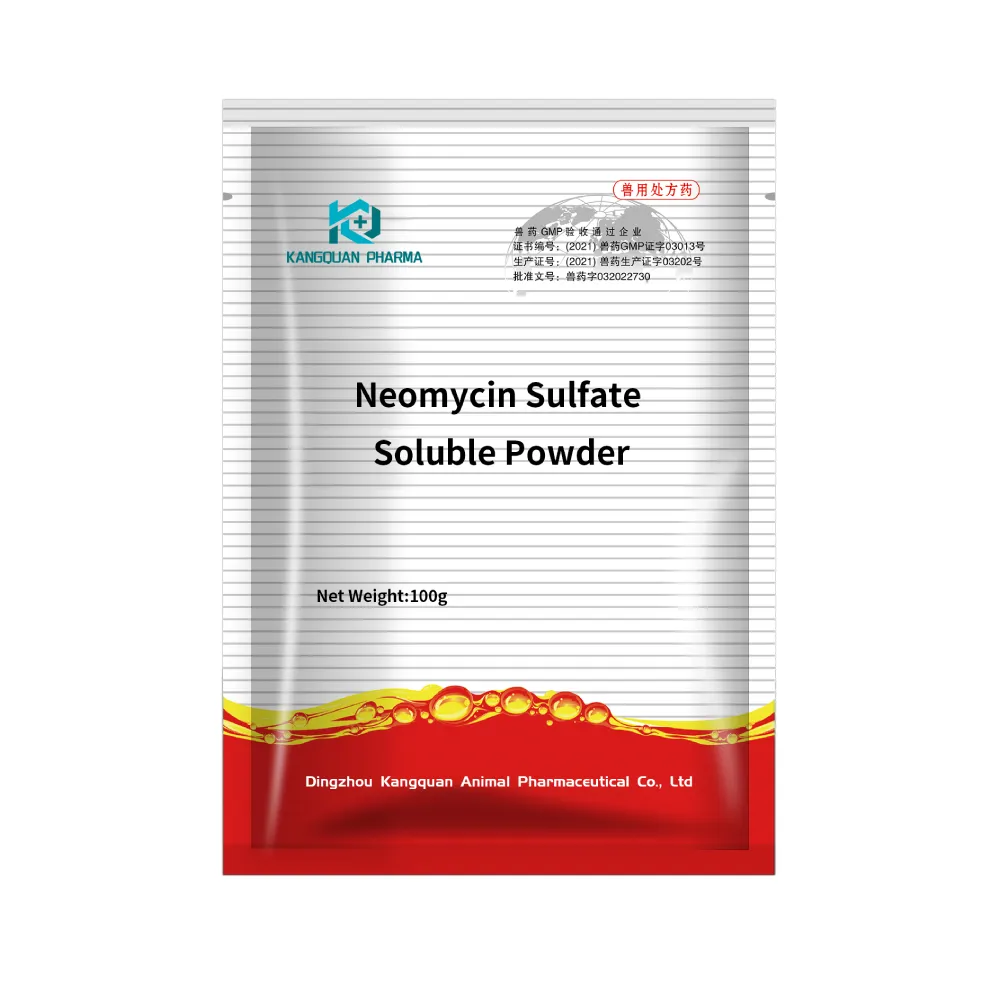- Afrikaans
- Albanian
- Amharic
- Arabic
- Armenian
- Azerbaijani
- Basque
- Belarusian
- Bengali
- Bosnian
- Bulgarian
- Catalan
- Cebuano
- Corsican
- Croatian
- Czech
- Danish
- Dutch
- English
- Esperanto
- Estonian
- Finnish
- French
- Frisian
- Galician
- Georgian
- German
- Greek
- Gujarati
- Haitian Creole
- hausa
- hawaiian
- Hebrew
- Hindi
- Miao
- Hungarian
- Icelandic
- igbo
- Indonesian
- irish
- Italian
- Japanese
- Javanese
- Kannada
- kazakh
- Khmer
- Rwandese
- Korean
- Kurdish
- Kyrgyz
- Lao
- Latin
- Latvian
- Lithuanian
- Luxembourgish
- Macedonian
- Malgashi
- Malay
- Malayalam
- Maltese
- Maori
- Marathi
- Mongolian
- Myanmar
- Nepali
- Norwegian
- Norwegian
- Occitan
- Pashto
- Persian
- Polish
- Portuguese
- Punjabi
- Romanian
- Russian
- Samoan
- Scottish Gaelic
- Serbian
- Sesotho
- Shona
- Sindhi
- Sinhala
- Slovak
- Slovenian
- Somali
- Spanish
- Sundanese
- Swahili
- Swedish
- Tagalog
- Tajik
- Tamil
- Tatar
- Telugu
- Thai
- Turkish
- Turkmen
- Ukrainian
- Urdu
- Uighur
- Uzbek
- Vietnamese
- Welsh
- Bantu
- Yiddish
- Yoruba
- Zulu
8 月 . 02, 2024 14:38 Back to list
Optimizing 2.5% Glutaraldehyde Fixation Protocol for Enhanced Electron Microscopy Imaging Techniques
2.5% Glutaraldehyde Fixation for Electron Microscopy
Electron microscopy (EM) is an invaluable tool in the fields of cell biology, microbiology, and materials science, enabling researchers to obtain high-resolution images of cellular structures and other materials at the nanoscale. A crucial step in the preparation for electron microscopy is the fixation of samples, which preserves their morphology and structure by cross-linking proteins and other cellular components. Among various fixatives, glutaraldehyde has emerged as one of the most widely used agents, particularly in a 2.5% concentration.
Glutaraldehyde is a dialdehyde that is effective in cross-linking proteins, providing excellent preservation of fine cellular structures. The 2.5% concentration of glutaraldehyde is typically used as it strikes a balance between adequate fixation and the retention of ultrastructural details. This concentration is considered optimal to ensure thorough penetration into tissues and cells, which is critical for maintaining the integrity of the sample during the fixation process.
The fixation process usually begins with preparing a fresh solution of 2.5% glutaraldehyde, which can be diluted in a phosphate-buffered saline (PBS) or a similar buffer to maintain physiological pH. The choice of buffer is crucial, as it helps to prevent artifacts that could arise from the fixation process itself. Once prepared, the tissue or cell samples are immersed in the fixative solution. The typical fixation time can vary from 30 minutes to several hours, depending on the type of tissue, thickness, and the desired level of fixation.
2.5 glutaraldehyde fixation for electron microscopy

During fixation, glutaraldehyde reacts with amino groups on proteins, resulting in the formation of stable cross-links between adjacent proteins. This reaction stabilizes the protein structures, preventing degradation and maintaining the sample's ultrastructure. However, this process is not without its challenges. Over-fixation with glutaraldehyde can lead to excessive cross-linking, which may obscure fine structural details and make subsequent staining less effective. Consequently, it is essential to optimize fixation time and concentration according to the specific requirements of the study.
Following fixation, samples are often subjected to post-fixation procedures, which may include the use of osmium tetroxide (OsO4) for further enhancement of membrane structure visibility. OsO4 penetrates the tissues and stains lipids, leading to improved contrast in the electron microscope. After fixation, samples need to be dehydrated through a graded series of alcohol or acetone, followed by embedding in a resin suitable for ultrathin sectioning. This step is crucial for obtaining high-quality, thin sections required for viewing under an electron microscope.
Another consideration when using 2.5% glutaraldehyde is safety, as glutaraldehyde is a potent chemical that can pose health risks. Proper lab safety protocols, including the use of personal protective equipment (PPE) such as gloves, goggles, and fume hoods, are necessary to minimize exposure to this hazardous substance.
In conclusion, 2.5% glutaraldehyde fixation is a critical technique in the preparation of biological samples for electron microscopy. Its ability to preserve cellular structures while maintaining ultrastructural integrity makes it a preferred choice among researchers. By optimizing fixation times and concentrations and taking appropriate safety measures, scientists can ensure that their samples are well-prepared for high-resolution imaging, leading to meaningful insights into the microarchitecture of cells and tissues. As electron microscopy continues to evolve, techniques surrounding fixation will remain essential to advancing our understanding of biological and material systems.
-
The Power of Radix Isatidis Extract for Your Health and Wellness
NewsOct.29,2024
-
Neomycin Sulfate Soluble Powder: A Versatile Solution for Pet Health
NewsOct.29,2024
-
Lincomycin Hydrochloride Soluble Powder – The Essential Solution
NewsOct.29,2024
-
Garamycin Gentamicin Sulfate for Effective Infection Control
NewsOct.29,2024
-
Doxycycline Hyclate Soluble Powder: Your Antibiotic Needs
NewsOct.29,2024
-
Tilmicosin Premix: The Ultimate Solution for Poultry Health
NewsOct.29,2024













